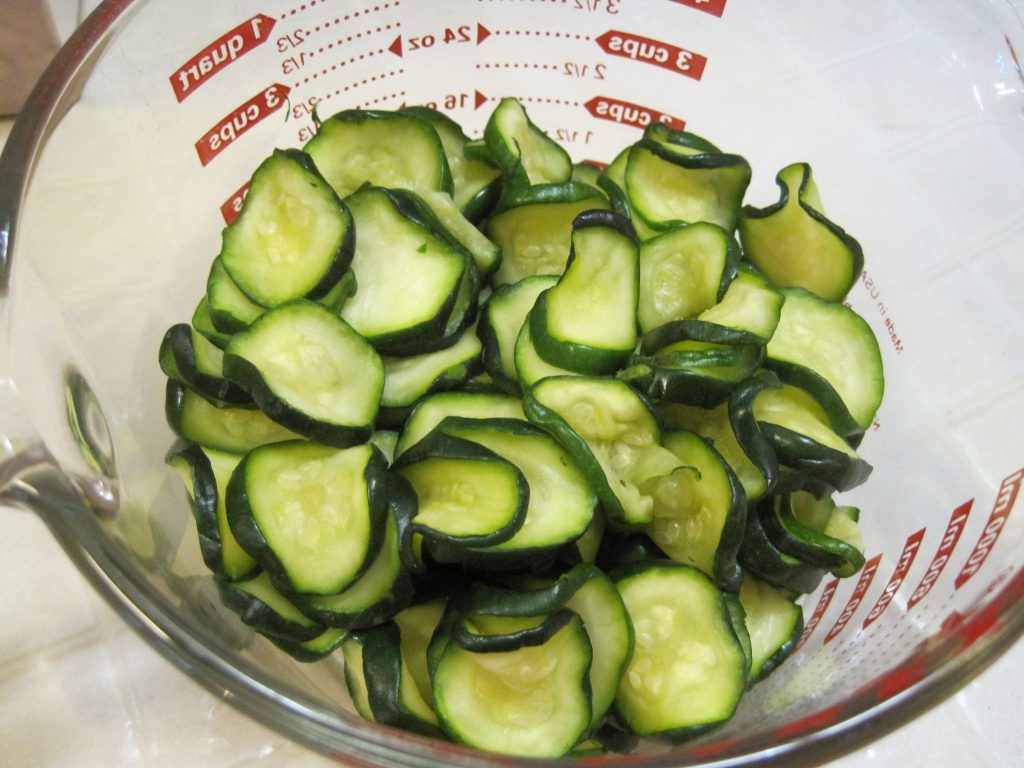J and I aren’t going to visit my parents like we’d normally do ’cause of the ‘rona 🙁 Organizing the Thanksgiving meal will be a new activity and, with no established traditions for the two of us, we designed a menu tonight!
Sweet potato puffs(Fucshia Dunlop’s Land of Plenty, pg 119)- Blended pumpkin and leek soup with fried (homegrown!) radish greens and walnuts
- Buns
or naan - Soy sauce-coke chicken
Stuffing- Stuffed mushrooms
- Sichuan matchstick potatoes (Fucshia Dunlop’s Land of Plenty, pg 297)
- Brussels sprouts salad with hazelnuts and bacon
- Blintzes (cheese and blueberry)
Apricot-ricotta tart(modified to use dried apricots)- Pumpkin pie (easy dessert if the other food becomes too complicated)
This is the menu for two, but we still somehow came up with ten dishes. Not sure we’re going to be able to do all this cooking in a single day…
I will link more recipes as I write them up. Hope y’all’s Thanksgiving plans are coming along, too!

















